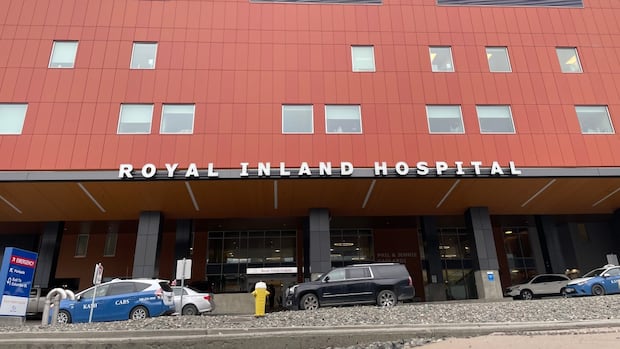Expectant mothers in Kamloops are facing unprecedented uncertainty as Royal Inland Hospital grapples with a severe shortage of maternity care physicians that has forced intermittent service disruptions throughout June. The crisis, which hospital administrators describe as “extremely challenging,” has left many pregnant women scrambling to adjust their birth plans with little notice.
“I’m 38 weeks pregnant and just found out my delivery might need to be diverted to Kelowna,” said Sarah Winters, a first-time mother from Kamloops. “The stress this adds during what should be an exciting time is overwhelming. We’re now discussing contingency plans that include a two-hour drive while I’m in labor.”
Interior Health confirmed Wednesday that staffing shortages have created a precarious situation for maternity services at Royal Inland Hospital, with closures occurring on multiple days this month. The health authority has implemented a diversion protocol, redirecting some patients to facilities in Vernon and Kelowna when necessary—facilities that are 115 and 167 kilometers away, respectively.
The root of the problem stems from both retirement of senior physicians and difficulty recruiting new doctors to the region, according to Dr. Michael Harding, Chief of Obstetrics at Royal Inland Hospital. “We’re operating with approximately 60 percent of our required physician complement,” Dr. Harding explained. “Despite aggressive recruitment efforts, we’ve struggled to attract specialists to our community, particularly those willing to take on the demanding on-call schedules required for maternity care.”
This shortage reflects a broader crisis in Canadian healthcare. Data from the Canadian Medical Association indicates that nearly five million Canadians lack access to a family physician, with rural and semi-urban communities facing particularly acute challenges in specialist care.
Local midwives have stepped up to fill some gaps, but their capacity is similarly stretched. “We’re doing everything possible to support our clients, but midwives alone cannot solve a systemic physician shortage,” said Elaine Thompson, a practicing midwife in Kamloops. “Some of our clients are considering home births who never would have previously, simply because they fear being in labor during a diversion period.”
The economic impact extends beyond healthcare concerns. Business analysts suggest that persistent healthcare gaps could affect Kamloops’ ability to attract young families to the region, potentially impacting everything from housing markets to local commerce.
Provincial health minister Adrian Dix acknowledged the situation’s severity during a press conference, promising “immediate action” to address the crisis. “We’ve authorized emergency funding for locum physicians and are fast-tracking credential recognition for qualified international medical graduates with obstetrical experience,” Dix stated. The province has also implemented temporary increased compensation for physicians willing to take additional on-call shifts.
Community organizations have mobilized in response, with volunteer groups organizing transportation networks for expectant mothers who may need emergency transport to distant facilities. “We’ve established a phone tree and driver network operating 24/7,” explained community organizer Janet Frasier. “It’s not ideal, but we refuse to leave our neighbors without options.”
For political observers, the Kamloops situation highlights ongoing tensions between provincial healthcare mandates and the realities of service delivery in mid-sized communities. Critics argue that centralized planning has failed to account for demographic shifts and changing practice patterns among younger physicians.
As the community navigates this difficult period, the question remains: can stopgap measures evolve into sustainable solutions, or does the Kamloops maternity crisis represent a fundamental rethinking of how specialized healthcare is delivered outside major urban centers?
























